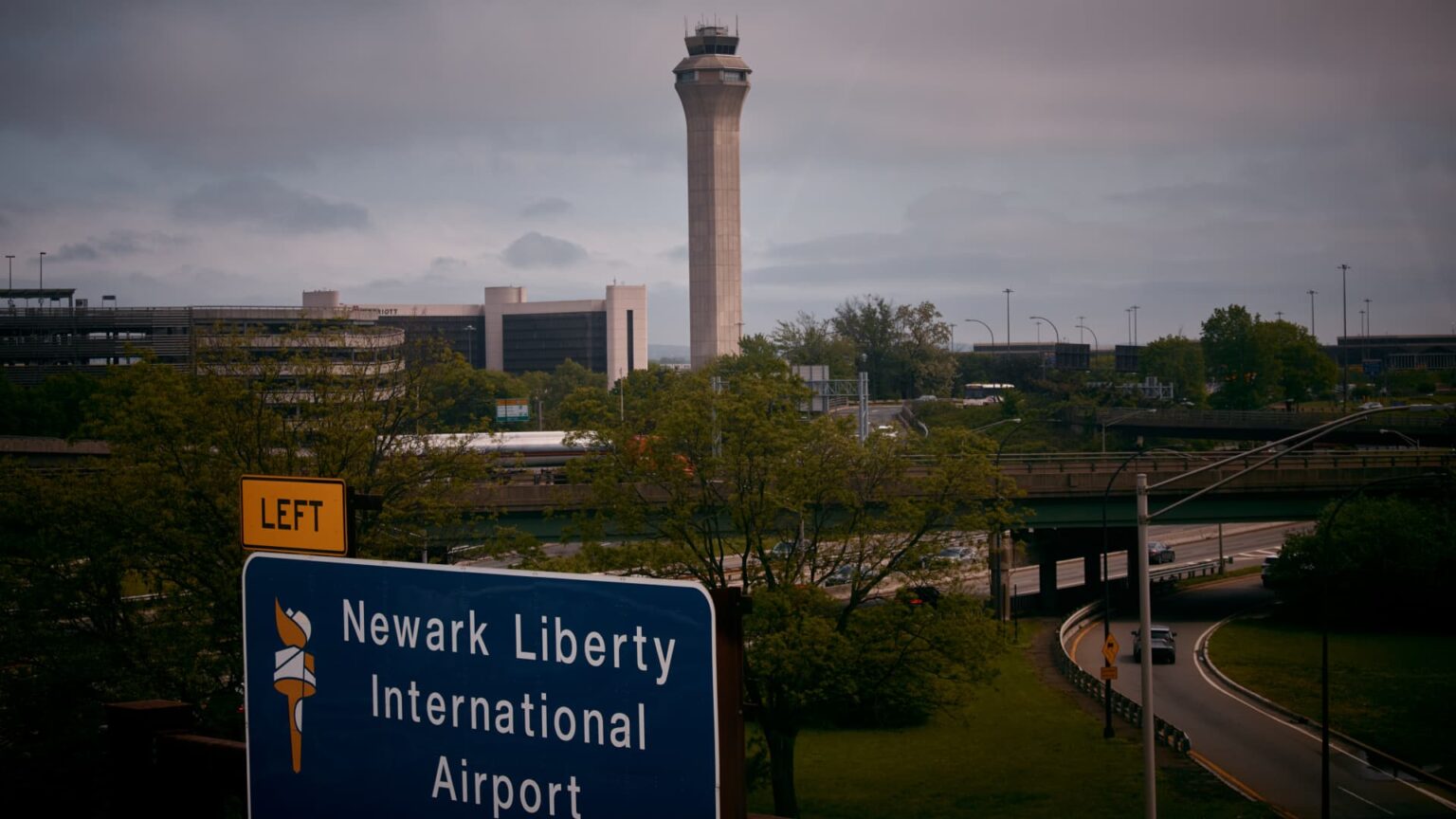Air Traffic Control Challenges at Newark Liberty International Airport
Published on May 6, 2025
Recent Equipment Outages Highlight System Weaknesses
Air traffic controllers have faced significant pressures in recent years, with a recent 90-second equipment failure exposing long-standing issues stemming from staffing shortages and aging infrastructure. The incident, which occurred on April 28, 2025, caused extensive flight delays and affected thousands of travelers.
Following this outage, another similar incident occurred just two weeks later, albeit during off-peak hours, reducing its immediate impact. Airline executives have persistently called for system upgrades and staffing enhancements to manage increasing flight demands efficiently.
Government Action and Proposed Solutions
During a recent event featuring major U.S. airline CEOs, Transportation Secretary Sean Duffy unveiled a comprehensive plan aimed at modernizing air traffic control systems. This proposal includes replacing outdated radar and communication systems and may require Congressional approval for an estimated $30 billion in funding.
Duffy emphasized the necessity of these upgrades, stating, “The system we have here, it’s not worth saving. It’s too old.” Industry groups, including airlines and labor unions, supported a $12.5 billion proposal aimed at enhancing air traffic control, along with an additional $18.5 billion in emergency funds over the next three years.
The April Outage: A Closer Look
On April 28, controllers at a Philadelphia facility managing Newark flights experienced a significant communication failure, with radar screens going dark for about 30 seconds. Recovery took an additional 30 to 60 seconds before aircraft reappeared on radar systems.
While pilots are trained to handle brief outages, such interruptions are alarming for air traffic controllers. Retired FAA safety investigator Jeff Guzzetti described outages, even brief ones, as “an eternity for air traffic controllers,” highlighting the psychological toll caused by repeated stress from these incidents.
In the aftermath, over 1,500 flights to and from Newark were delayed, prompting United Airlines to announce scheduled reductions to alleviate the strain on operations.
Calls for Comprehensive Upgrades
The dire state of air traffic control infrastructure is evident, with many facilities operating outdated technology. Nick Daniels, president of the National Air Traffic Controllers Association, indicated that some equipment is based on technology as old as Windows 95.
The FAA’s current infrastructure assessments reveal that the average age of air traffic control towers is 40 years, with many radar systems also nearing this age. Duffy’s recently announced plan aims to replace 618 radar systems and build six new control centers, while simultaneously installing modern communication technologies.
Impact of Staffing Shortages
Chronic staffing shortages remain a persistent challenge. The U.S. is currently short approximately 3,000 air traffic controllers from its staffing goal, exacerbated by a demanding hiring process. Over the past eight years, only about 7,905 applicants out of 146,000 have been successfully hired and trained.
Chris Wilbanks from the FAA indicated that many who start the training end up dropping out. The nature of the work, which mandates early retirement and imposes fatigue due to high workloads, further complicates staffing efforts. In response to these persistent challenges, Duffy is advocating for increased financial incentives to attract new controllers.
Addressing the Future
The ongoing issues at Newark and other busy airports highlight the urgent need for systemic changes. Airline executives stress that a comprehensive solution is necessary not only to enhance operational efficiency but also to ensure safety.
As United Airlines CEO Scott Kirby noted regarding staffing and capacity, “Newark airport cannot handle the number of planes that are scheduled to operate there,” underlining the urgency for coordinated efforts between airlines and federal agencies to stabilize operations
